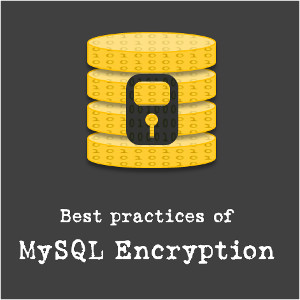Drupal Basics

Treehouse
Course Summary
Drupal 7 is a robust framework which is ideal for websites of any size. In this course, dive into using Drupal to create a complete website for a fictional small business called Cameron's Coffee Stand. Create basic pages, menus, blog posts, announcements, email forms and banners, all without touching code. Customize the look of the website using themes, and learn to use Drupal's included permissions and authentication system. Lastly, you will include your own code with a Drupal website by creating a custom module.
-
+
Course Description
About this Course Drupal 7 is a robust framework which is ideal for websites of any size. In this course, dive into using Drupal to create a complete website for a fictional small business called Cameron's Coffee Stand. Create basic pages, menus, blog posts, announcements, email forms and banners, all without touching code. Customize the look of the website using themes, and learn to use Drupal's included permissions and authentication system. Lastly, you will include your own code with a Drupal website by creating a custom module. What you'll learn
- What is Drupal?
- Parts of a Drupal Project
- Using the Drupal Interface
- Drupal Modules
About the Teacher
Currently, she lives in Portland, OR, where two years ago she decided to broaden her horizons and get into web development. She honed her programming skills by taking the Ruby/JavaScript/Rails course at Epicodus, and after graduating she was hired on to write and teach the new PHP and Drupal curriculum.
-
+
Course Syllabus
Getting Started with Drupal
In this stage we discuss what makes Drupal such a useful and powerful tool, introduce some basic Drupal terminology and go over the structure of a project. Then we actually begin a project together: a website for a small business called Cameron's Coffee Stand. 12 steps- Why Use Drupal? 4:12
- Parts of a Drupal Project 7:29
- Drupal Project Review 5 questions
- Introducing the Servers 1:06
- Setting Up MAMP for Mac 1:14
- Setting Up WAMP for Windows 4:27
- Setting Up a Database for Drupal 3:23
- Downloading Drupal 1:44
- Preparing Drupal Files for Mac 2:16
- Preparing Drupal Files for Windows 2:22
- Installing Drupal 3:27
- Drupal Database Review 5 questions
Site Building with the Drupal Interface
Now we can learn how to use the Drupal web interface to start building our site. We will be creating different kinds of content, laying out the front page, adding menus and creating user roles. 12 stepsModules and Themes
A big advantage to Drupal is that even though there are many useful features included and ready to use as soon as you install, it is still streamlined because it includes only the basics in Core. In this stage we will learn how to extend Drupal's capabilities even more by using modules and themes. 9 stepsWriting Modules
In the last stage we learned how to use modules and themes written by other people, but here we'll learn the basics of how to make our own modules from scratch. Once you know how to use Drupal's built-in functions and naming rules you can customize anything you like from within a custom module. 10 steps





